Month: March 2021
-
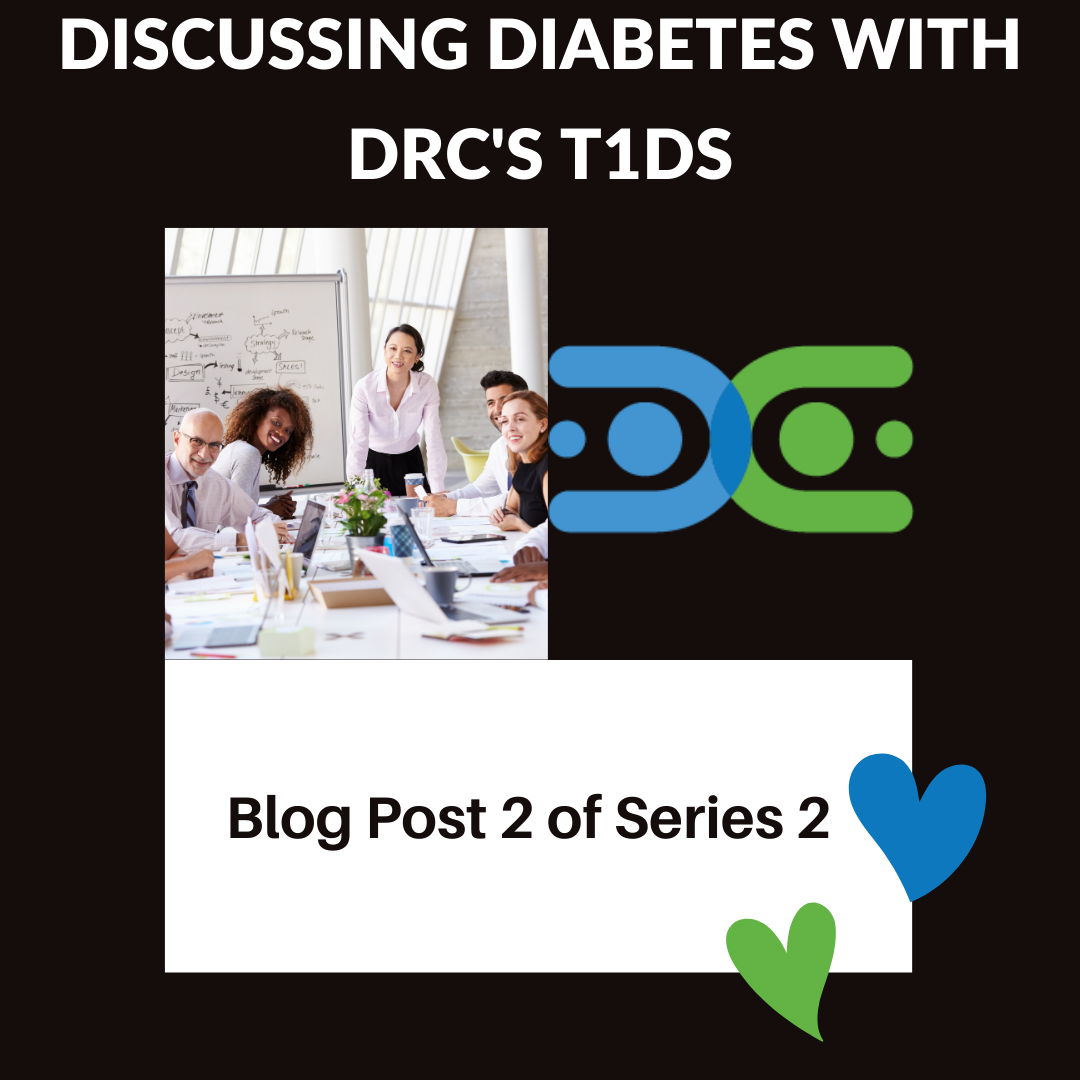
Discussing Diabetes with DRC’s T1Ds: Blog Post 2 of Series 2
If you are confused and wondering why I am writing a blog responding to Erika Szumel’s article, “Tips for Managing T1D in the Workplace,” when I work at a type […]
-

Increased Parental Awareness May Help Reduce Risk of Diabetic Ketoacidosis in Children First Diagnosed with Type 1 Diabetes
As the old saying goes, “Knowledge is power.” Many children in the United States and Canada present with diabetic ketoacidosis (DKA) when they are first diagnosed with type 1 diabetes […]
-

Discussing Diabetes with DRC’s T1Ds: Blog Post 1 of Series 2
When I read Makaila Heifner’s article on Beyond Type 1 called, “The Driving Diabetic,” it brought me back to when I first got my license. I was already stressed about […]
-
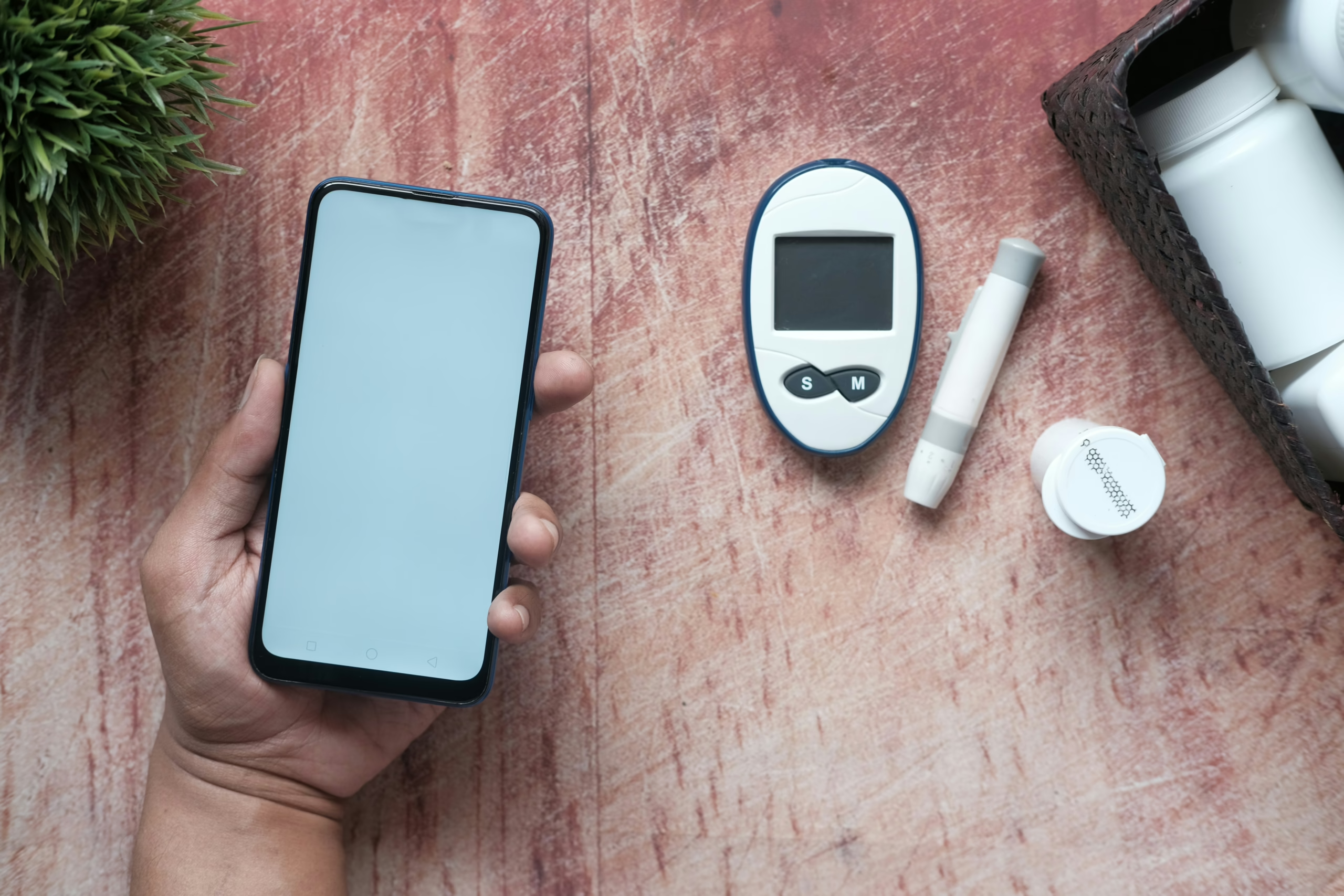
Empowering Early Detection of Kidney Disease at Home Using Smartphones
In addition to worrying about blood glucose levels, individuals with type 1 diabetes (T1D) are also at greater risk for developing other health conditions such as chronic kidney disease or […]
-
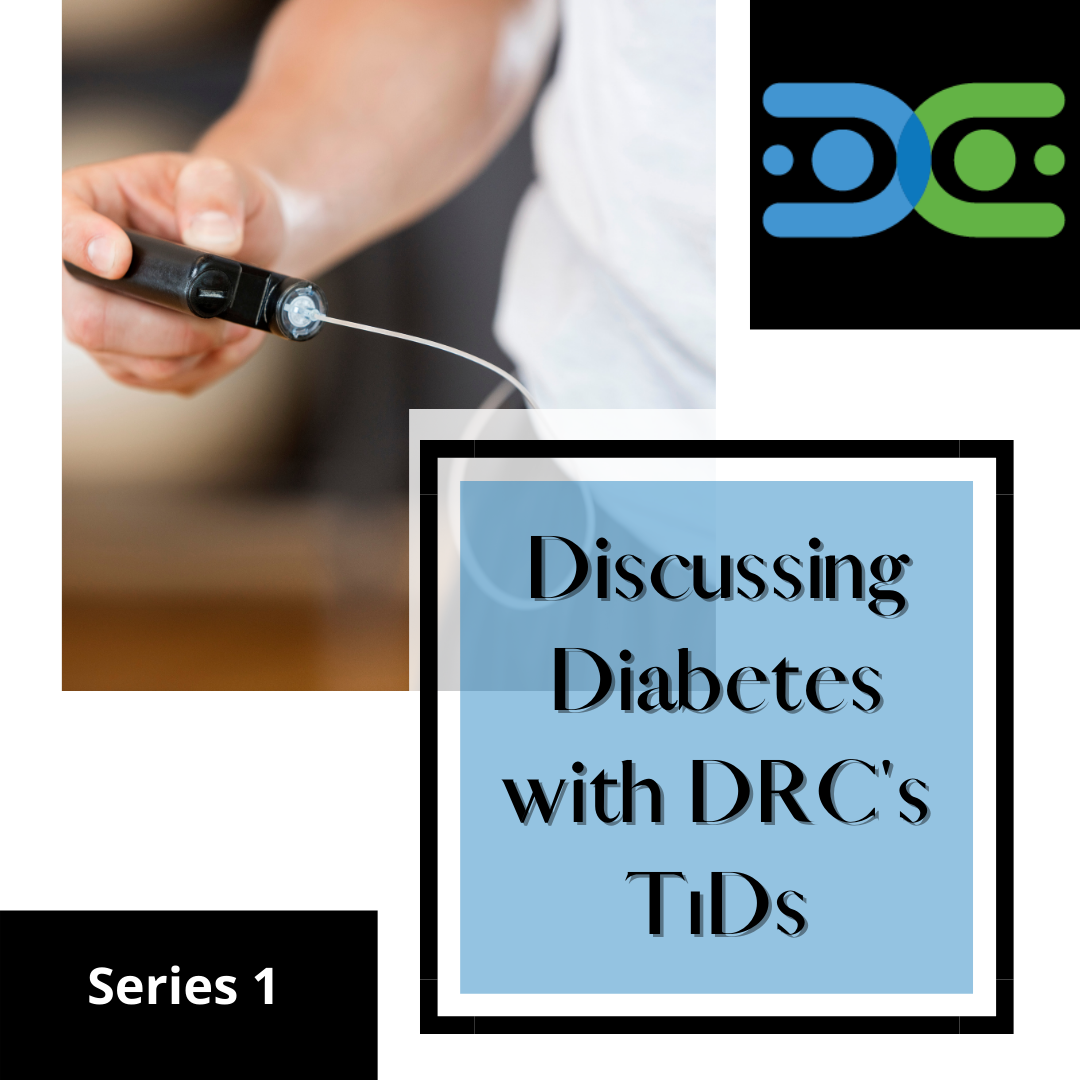
DISCUSSING DIABETES WITH DRC’S T1DS: Series 1
Introduction: Understanding Diabetes and DRC’s T1DS Series Did you know, globally, an estimated 463 million adults are living with diabetes, according to the International Diabetes Federation? The numbers are staggering […]
-
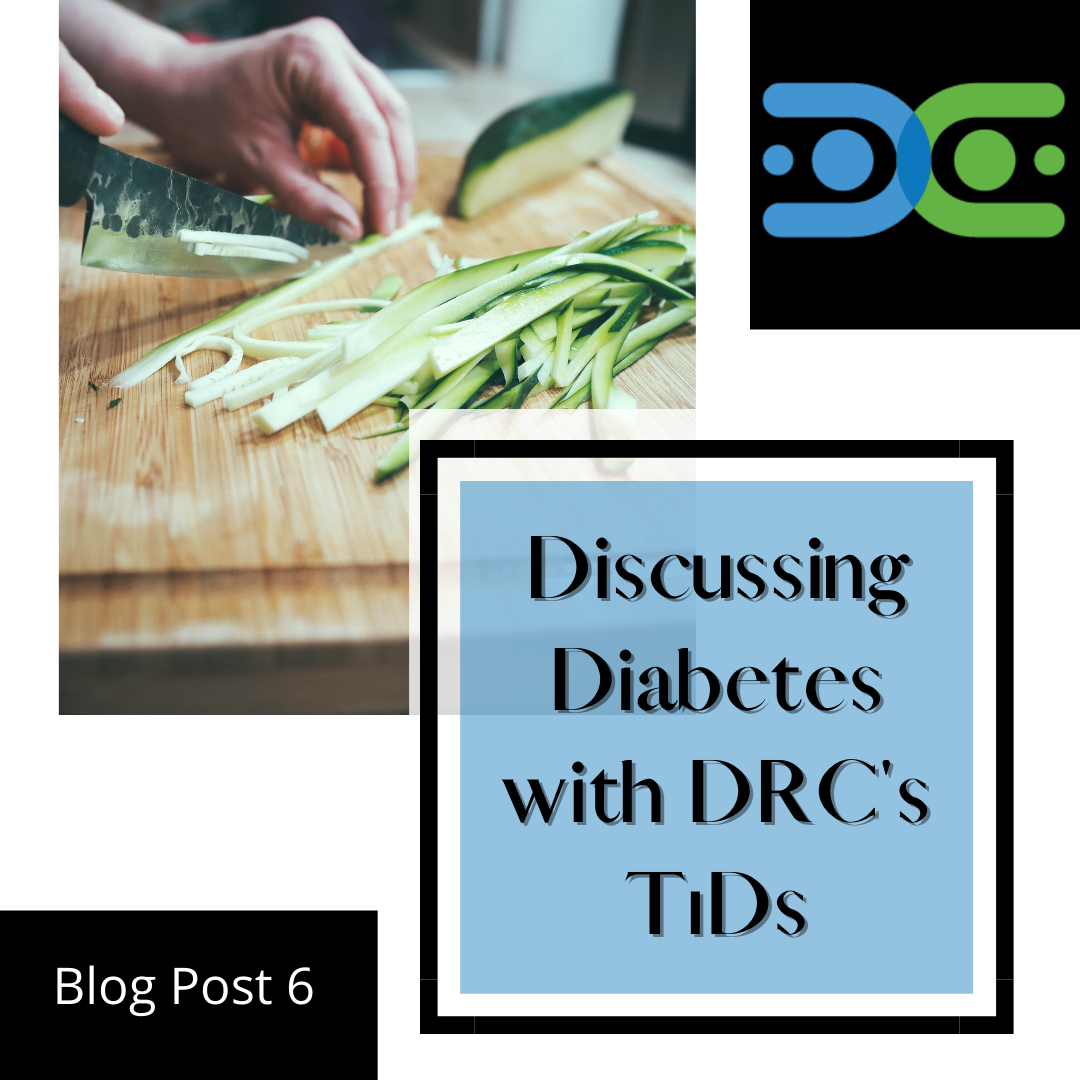
DISCUSSING DIABETES WITH DRC’S T1DS: BLOG POST 6
When I saw Gretchen Otte’s recipe for “Zucchini Noodles with Creamy Avocado Basil Sauce” on Beyond Type 1’s website, I had to try it. As a type 1 diabetic who […]
-
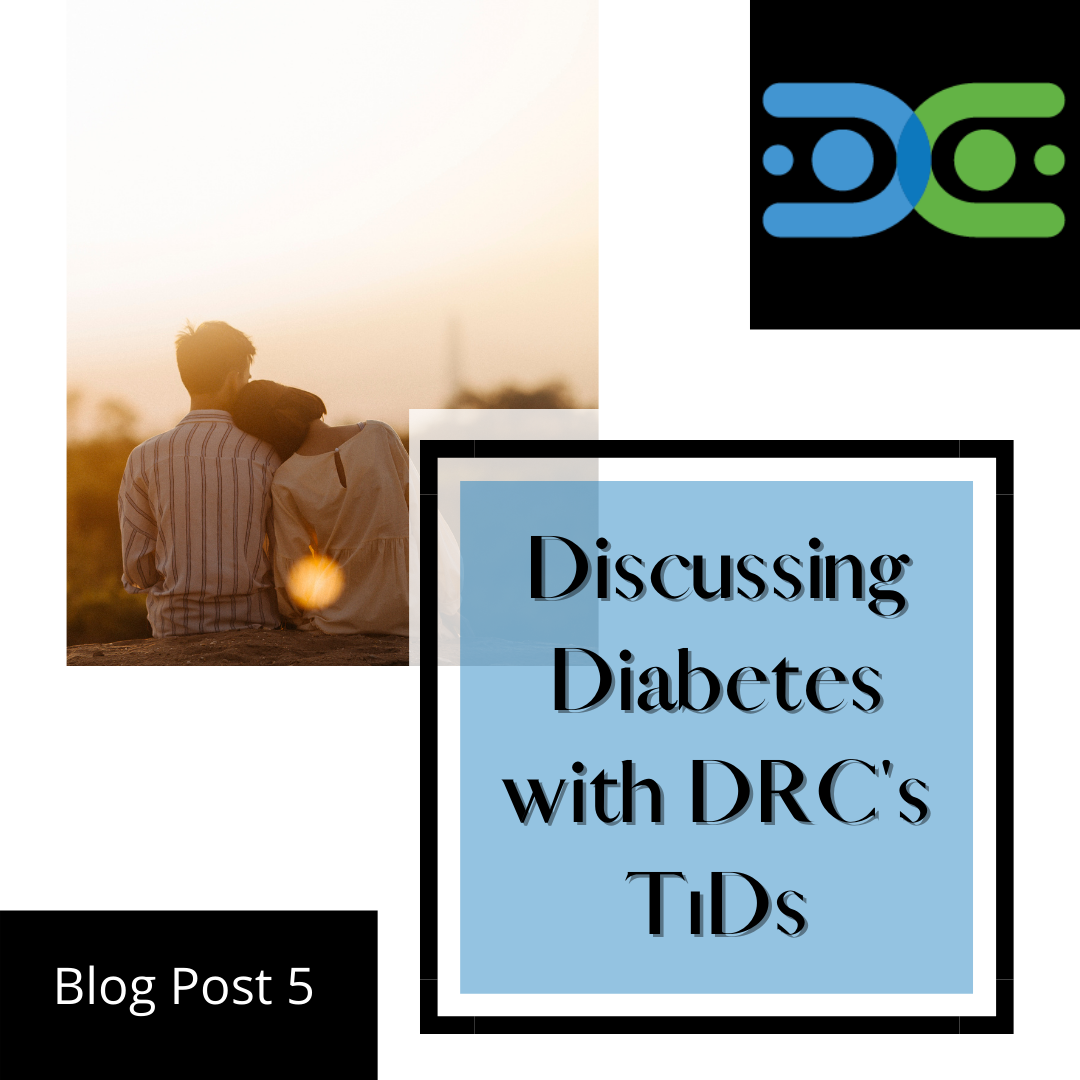
DISCUSSING DIABETES WITH DRC’S T1DS: BLOG POST 5
If you have type 1 diabetes (T1D) and are in a relationship, your partner has type 4 diabetes (this is not a real thing, just something my family and I […]
-

Could Gluten Intake Impact Type 1 Diabetes Risk in Children?
Scientists know that type 1 diabetes (T1D) is caused by the immune-mediated destruction of insulin-producing pancreatic beta-cells. However, what they do not know is what exactly causes this process to […]
-
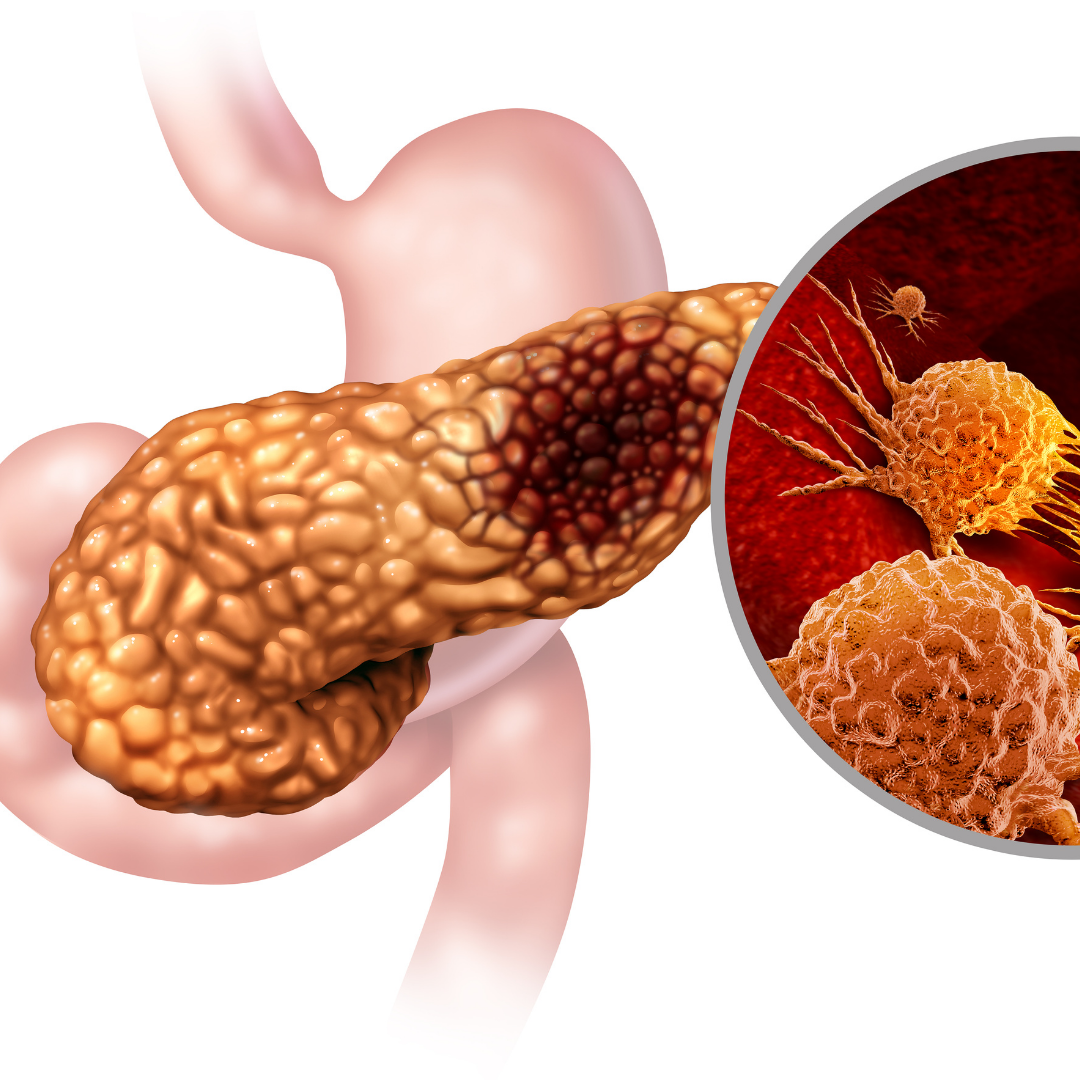
Encapsulated Cell Therapy May Help Treat Type 1 Diabetes
As scientists continue to learn more about type 1 diabetes (T1D), they are always looking for new or refined ways of treating the disease. From artificial pancreases to closed-loop systems […]
-

Preserving Pancreatic Beta-Cell Function Without Full Immune System Suppression
Type 1 diabetes is an autoimmune disorder in which the immune system mistakenly attacks and destroys insulin-producing beta-cells, thereby hampering the body’s ability to regulate blood glucose levels naturally. Some […]
-

Diabetes Research Connection Announces New Leadership
The Diabetes Research Connection (DRC) Board of Directors is pleased to announce Karen Hooper will be joining our team as the new Executive Director (ED). Karen brings over 20 years […]
-

Diabetes Research Connection’s Impact Report
Diabetes Research Connection’s Impact Report Introduction to Diabetes Research Connection (DRC) Imagine a world where diabetes is no longer a life-altering diagnosis, a world where innovative research and findings can […]
